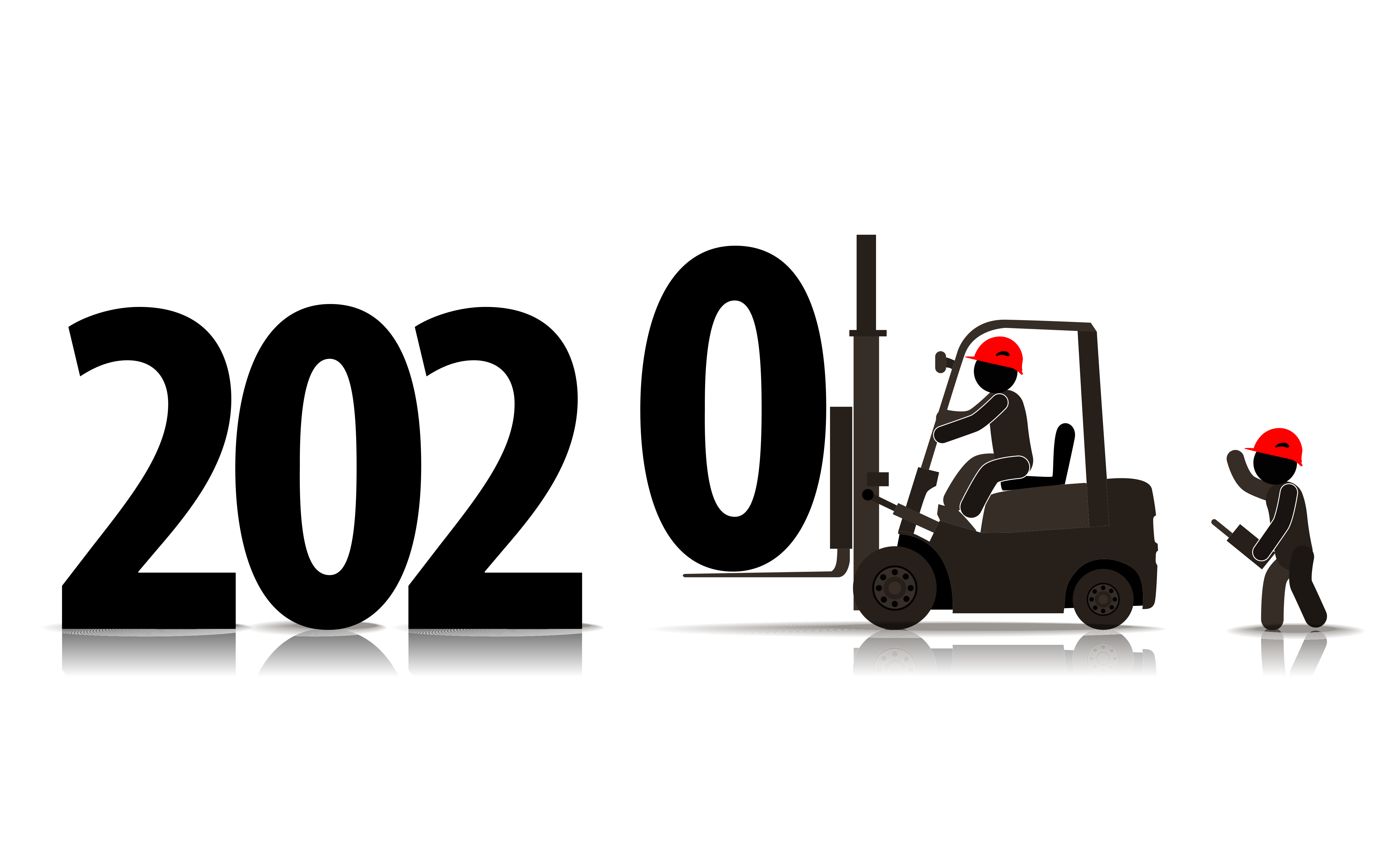
As we close out 2020 and all look towards a brighter 2021, let’s take some time to look back on what’s happened this year with virtual commissioning. We’ll round out our content here by doing a virtual commissioning review of 2020, and choose some of our top posts from the year to look back on.
Over the course of 2020, we’ve seen virtual commissioning taking center stage at various automation events, and we’ve seen even more companies share success stories about their use of this new technology. We’ve also spent time trying to clarify all the various technologies within the field of virtual commissioning, and help point people in the right direction for their own applications.
In this virtual commissioning review, here are our top 5 posts of 2020, and a brief reflection on why they took the top spots.
Automation Industry Trends for 2020
I think the larger industrial automation companies that provide the hardware are working quickly to bring digital solutions to life because they know that just selling hardware is not enough.
Chris Harduwar, VP of Business Development, Maplesoft
One of our top posts this year was an interview with virtual commissioning experts Chad Schmitke and Chris Harduwar. They discuss the automation market, and where they see virtual commissioning going in 2020. While they didn’t predict the impact of a pandemic on the automation industry, their interview still holds up, and provides some great insight on how people can plan for these technologies in their own company.
Virtual Commissioning in Germany
A highly cited study from Germany in 2006 demonstrated that VC techniques could save up to 75% of the time required for traditional commissioning.
Chad Jackson, Chief Analyst, Lifecycle Insights
Another top post in our virtual commissioning review comes from Chad Jackson, who wrote an insightful piece from the perspective of the German market. Chad gives us a snapshot of the state of virtual commissioning in Germany, including the advances made, and also the challenges to overcome. First, Chad clarifies some of the different terms used in the German virtual commissioning market, then walks us through the technologies that are being used in the German market. Many of these are similar to North America, but you’ll learn about technologies such as Function Mock-up Interface (FMI), model-based digital twins, and how to connect them all together.
Virtual Commissioning: Making the Case
What does a good cost justification look like? What actually does convince executives to act? What are soft returns and hard returns, and how can they help the process of convincing them?
Chad Jackson, Chief Analyst, Lifecycle Insights
Chad Jackson takes the spot for another one of our top posts in 2020, which is an excellent guide to creating the justification to finally adopt virtual commissioning for a project at your company. As we’ve heard from many readers, the hardest part of adopting virtual commissioning is simply getting the right buy-in from management to adopt a new technique. Even if you see the benefits as clear, it’s important to frame the benefits properly so that you can get management on board with a new investment.
If you missed this article, be sure to check it out and equip yourself with the right strategies to get a virtual commissioning project started in 2021.
A Virtual Commissioning Example: Increasing Output by 25%
Engineers at Niigon arrived on new control strategies that seemed to greatly improve the machine performance. They traveled to their customer’s production site, and implemented the new control code in only 2 days – considerably less than the several week estimate for hardware upgrades.
Results from Niigon Machines Ltd
It comes as no surprise to us that this powerful case study made it into our top 5 posts this year. If you haven’t read the story yet, be sure to check it out before going further. In short, a machine builder invested in virtual commissioning to optimize the movements of a hydraulic injecting molding machine. Without buying any additional hardware, they used a digital twin of the machine to find efficiencies that would be impossible without simulation-based techniques. Their optimized control strategies increased their machine output by 25% compared to the non-optimized control strategies – so much so, that the machine owners needed to hire a second worker to deal with the increased production!
Be sure to keep this story in mind if you’re wondering about optimizing machine controllers next year.
Automation Events in 2020
Even though 2020 is almost over, there’s a lot to learn in reviewing the key automation events in 2020 – so check out our final top 5 post here. We’re including this post in the top 5 because, with the COVID pandemic, many of these events went virtual. These virtual events have continued to host their event online even after the official closing, so there’s still lots you can check out.
Some of these virtual events in 2020 will stop offering all their content in the comings weeks and months, so be sure to flip through the event, and prepare yourself for when some of these return as physical events in 2021 – we can only hope…







